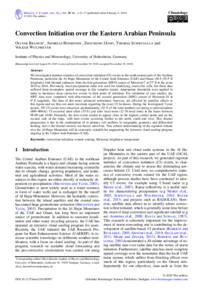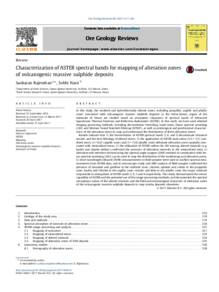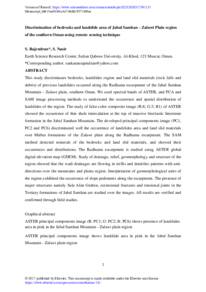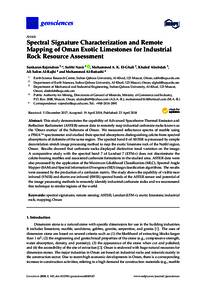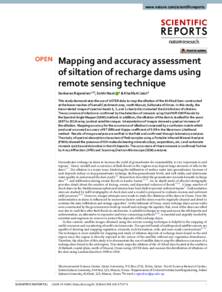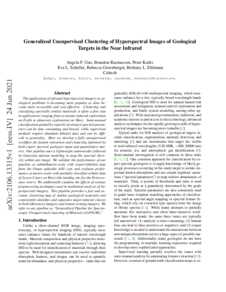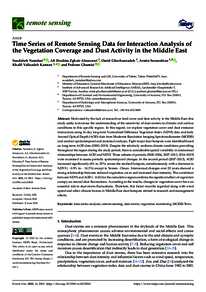Document
Convection initiation over the Eastern Arabian peninsula.
Identifier
DOI: 10.1127/metz/2019/0997
Source
Meteorologische Zeitschrift. v. 29, 1, p. 67-77
Contributors
Behrendt, Andreas., Author
Gong, Zhecheng., Author
Schwitalla, Thomas., Author
Wulfmeyer, Volker., Author
Country
Germany.
Publisher
Gebruder Borntraeger Verlagsbuchhandlung.
Gregorian
2020-01-01
Language
English
Subject
English abstract
We investigated summer statistics of convection initiation (CI) events in the north-eastern part of the Arabian Peninsula, particular the Al Hajar Mountains of the United Arab Emirates (UAE) and Oman (54.5-59.5° E longitude) with thermal radiances from the first generation (MFG) sensor of Meteosat-7 at 57° E in the years 2010 to 2016. Previously, local precipitation radar was used for identifying convective cells, but these data suffered from incomplete spatial coverage in this complex terrain. Appropriate thresholds were applied in order to backtrace deep convective events to their point of initiation. For validation of case studies, the MFG data were compared with observations of the second generation (MSG) sensor of Meteosat-10 at 0° E longitude. The data of this more advanced instrument, however, are affected by parallax effects in this region and are thus are more uncertain regarding the exact CI locations. During the investigated 7-year period, 387 CI events were observed, predominantly (22 % of the total number) occurring at mid-elevations (600-800 m). CI occurred most often (35 %) just after local noon (12:30 local time) in the hours between 09:00 and 10:00. Diurnally, the first events tended to appear close to the highest central peaks and on the oceanic side of the ridge, with later events occurring further to the north, south and west. This diurnal progression is due to the combination of a) primary cell outflows b) orographic geometry and differential heating, and c) the diurnal easterly sea breeze advection. This refined understanding of the regional climate over the Al Hajar Mountains will be extremely valuable for augmenting the intensive cloud seeding program ongoing in the United Arab Emirates (UAE).
ISSN
0941-2948
Category
Journal articles

